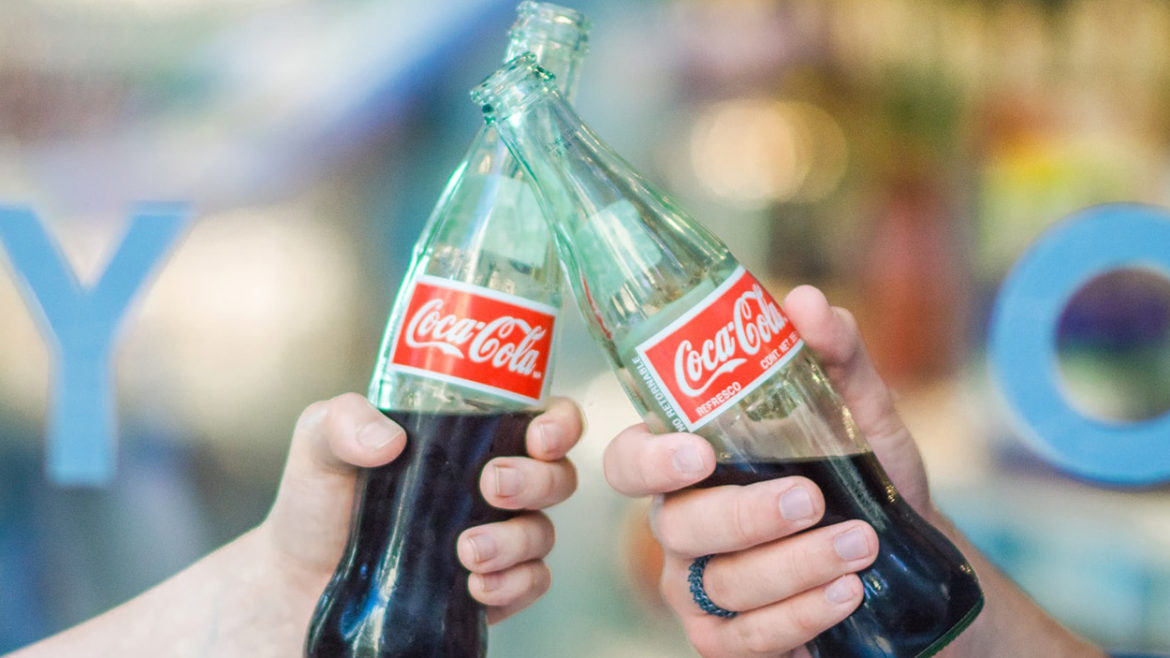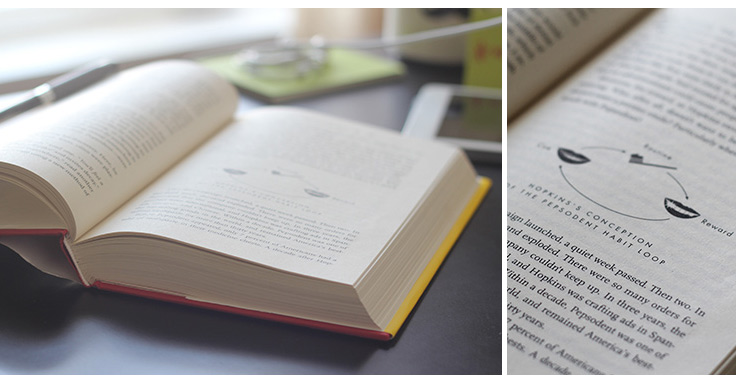Our job as marketers, communicators, brand builders isn’t so much helping people to understand as it is helping people to believe.
Facts are good. They can be tough to digest at times, but all in all, facts help us to make informed decisions. Facts are the basis for logic and reasoning. They are things we can be definitive about – data that helps to remove internal debate. And yet still, facts won’t always win out over gut reaction.
Need doesn’t always supersede want.
If you put the facts sheets together for the latest iPhone and latest Samsung smartphone it’s quite possible that the Samsung phone has longer battery life, runs apps faster, more storage, better price, better this and that. And yet still, people will buy the phone they want more often than they will buy the one that’s the most logical to purchase.
Why is this?
Logic doesn’t always win in the battle with intuition. Even when all the facts are on the table our minds work to justify our gut reaction; to make it feel okay to want what we want. Psychologists call this Confirmation Bias.
According to a recent BBC report:
“…your logical, slow mind is a master at inventing a cover story. Most of the beliefs or opinions you have come from an automatic response. But then your logical mind invents a reason why you think or believe something.”
Our beliefs put our logical mind to work confirming our want.
How does this impact consumer communication?
Facts are important. We as consumers use facts to validate. But we don’t instinctively use facts as a path to desire. We use facts to justify desire.
If you’re marketing a product that is factually backed as being superior and you’ve spent time educating your audience with those facts but still few people are buying, you could be missing the mark when it comes to creating belief.
How to foster belief
Be genuine and speak authentically – this is where being in touch with your brand is crucial. Speak from a voice that is confident and reflective of your brand values. Understand the persona that represents your company and how you need to carry those traits through website copy, packaging and social media in a way that allows your audience to connect and relate.
Put your benefit foot forward –how does your product or service work to better aspects of the consumer’s lifestyle? Someone buys a drill to create a hole, sure, but the decision to purchase is not always that cut and dry. A need to feel prepared could be the driver or a need to complete a collection or an emotional thread of tradition (my granddad used that same drill) could be the underlying reasons that ultimately complete the purchase. What’s the emotional connection behind the stats?
Create Brand Ambassadors – get the community involved. 77% of people say they are more likely buy a product that comes recommended by a friend or colleague. Brand ambassadors help spread belief.
photo credit: Ben Rea




